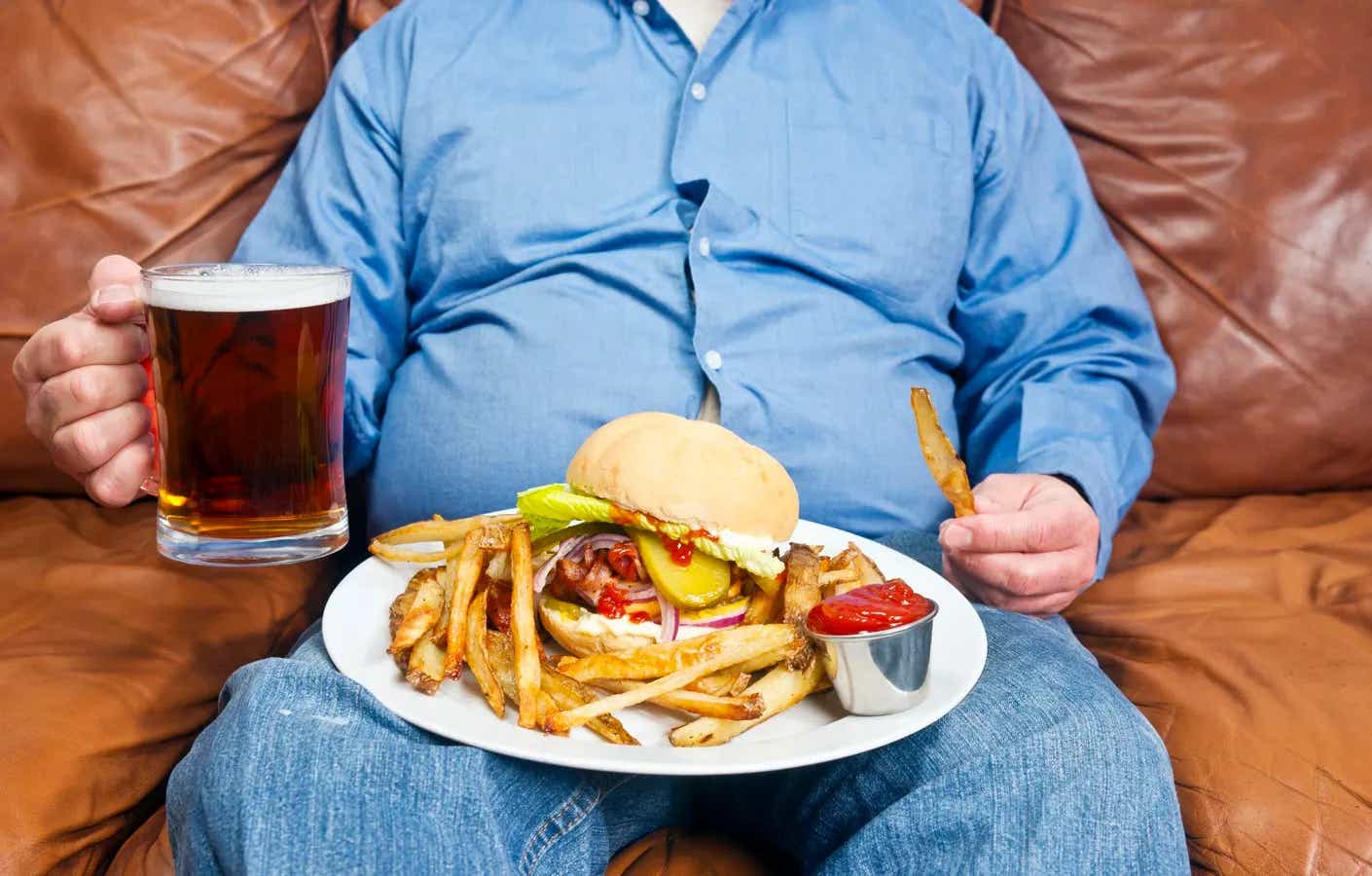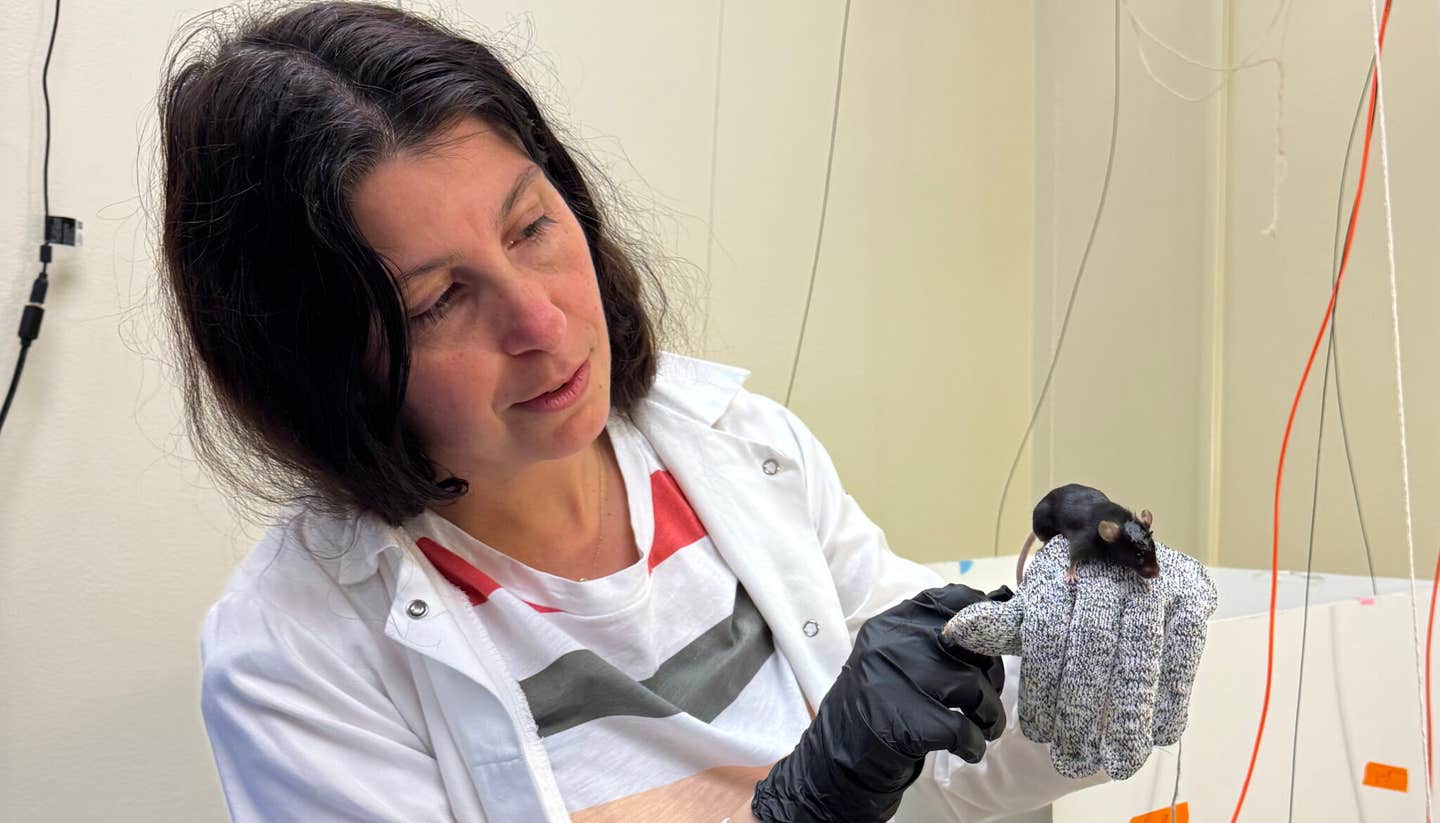High-fat diet kills the joy of eating — and fuels obesity
A bite of salty fries or a spoonful of creamy chocolate may give you a rush of pleasure. But when these treats are always around and eaten too often, that…

New research shows a high-fat diet can dull food pleasure by lowering neurotensin, a brain peptide tied to motivation and obesity. (CREDIT: Getty Images)
A bite of salty fries or a spoonful of creamy chocolate may give you a rush of pleasure. But when these treats are always around and eaten too often, that rush might fade—and along with it, your motivation to eat for joy. New research suggests this drop in food-related pleasure may not just be a side effect of obesity. It might actually help drive it.
When Food Stops Feeling Good
Scientists have long known that high-fat and sugary foods activate the brain’s reward system. This system, which includes dopamine-producing cells in a brain region called the ventral tegmental area (VTA), encourages you to repeat behaviors that feel good—like eating something tasty.
But over time, if your diet is rich in fatty foods, that pleasure response can fade. A study from researchers at UC Berkeley revealed that mice fed a high-fat diet showed less interest in calorie-dense treats—even when they were freely available and easy to get. While they still preferred high-fat chow over standard food in their cages, their motivation to eat sweet or fatty snacks dropped sharply in lab tests.
That behavior puzzled researchers. Why would mice that had grown obese from overeating suddenly stop caring about the very foods that caused their weight gain?
Postdoctoral fellow Neta Gazit Shimoni from UC Berkeley noticed this strange pattern while working with mice in a feeding study. "If you give a normal, regular-diet mouse the chance, they will immediately eat these foods," she said. "We only see this paradoxical attenuation of feeding motivation happening in mice on a high-fat diet."
This pattern mirrors what has been seen in humans. People with obesity often report taking less pleasure in eating than those with average weight. Brain scans confirm it—regions related to reward and pleasure show reduced activity in obese individuals when they look at food.
The Role of Neurotensin in Eating and Obesity
To explore the cause, researchers focused on a lesser-known brain chemical called neurotensin. This small protein, or peptide, helps regulate dopamine—the brain’s feel-good neurotransmitter—and plays a key role in reward and motivation.
Related Stories
Neurotensin is active in a brain circuit that links the lateral part of the nucleus accumbens (NAc) to the VTA. In normal-diet mice, this NAc→VTA circuit drives hedonic feeding—the kind of eating that happens not because you're hungry, but because something tastes good.
In high-fat-diet mice, this behavior broke down. Even when researchers used optogenetics to stimulate the NAc→VTA pathway with light, these mice didn’t show an increased desire to eat calorie-rich food. But when the same experiment was done on mice with a normal diet, their desire for these foods spiked.
The missing factor turned out to be neurotensin. In obese mice, levels of this peptide were much lower in the NAc→VTA pathway. The low neurotensin meant that dopamine couldn’t trigger the normal pleasure response. Without that response, even rich, tasty foods became dull.
"Neurotensin is this missing link," said Stephan Lammel, a neuroscience professor and senior author of the study. "Normally, it enhances dopamine activity to drive reward and motivation. But in high-fat diet mice, neurotensin is downregulated, and they lose the strong desire to consume high-calorie foods—even when easily available."


Reversing the Brain Changes of Obesity
What’s especially exciting is that this change in brain chemistry isn’t permanent. When obese mice were put back on a normal diet for just two weeks, their neurotensin levels rose. Their dopamine system kicked back into gear. They began to seek out calorie-rich treats again—not out of compulsion, but genuine enjoyment.
Scientists also tested a genetic strategy to raise neurotensin levels in obese mice. It worked. These mice not only became more interested in food, but they also lost weight, showed less anxiety, and moved more. Their overall food intake actually dropped.
That’s the twist. When the brain’s reward system is working properly, people and animals don’t necessarily eat more—they eat more selectively. Junk food no longer gets eaten mindlessly or out of habit. Instead, it becomes a special treat again, something to enjoy in moderation.
"Bringing back neurotensin seems to be very, very critical for preventing the loss of desire to consume high-calorie foods," Lammel said. "It doesn't make you immune to getting obese again, but it would help to control eating behavior, to bring it back to normal."
From Mice to Humans: What’s Next?
While this research focused on mice, the brain circuits involved are also found in humans. That means the findings could help develop new treatments for obesity that go beyond simply telling people to eat less.
One challenge is that neurotensin acts in many parts of the brain, not just the reward system. Giving neurotensin directly could cause unwanted side effects. Instead, researchers used gene sequencing to identify the exact cells and molecular pathways that change with a high-fat diet. This approach could lead to targeted therapies that adjust neurotensin levels only where needed.
"We now have the full genetic profile of these neurons and how they change with high-fat diets," Lammel said. "The next step is to explore pathways upstream and downstream of neurotensin to find precise therapeutic targets."
This method of focusing on food enjoyment, rather than suppressing appetite entirely, stands in contrast to drugs like Ozempic, which work by making people feel full. While those medications help many people lose weight, they don’t address why people eat in the first place—or how the brain processes food-related pleasure.
"The bigger question is whether these systems interact across different conditions," said Gazit Shimoni. "How does starvation affect dopamine circuits? What happens in eating disorders? These are the questions we’re looking at next."
The results suggest that treating obesity may be less about fighting cravings and more about restoring the joy of eating. When food is both available and pleasurable, your brain helps you regulate how much you eat. But when that pleasure fades, eating can become automatic, even disconnected from hunger or satisfaction.
As Gazit Shimoni put it, "Imagine eating an amazing dessert at a great restaurant in Paris—you experience a burst of dopamine and happiness. We found that this same feeling occurs in mice on a normal diet, but is missing in those on a high-fat diet. They may keep eating out of habit or boredom, rather than genuine enjoyment."
This research offers a new way of thinking about food and obesity. Instead of blaming pleasure, it suggests the real danger might lie in losing it.
Note: The article above provided above by The Brighter Side of News.
Like these kind of feel good stories? Get The Brighter Side of News' newsletter.
Joseph Shavit
Head Science News Writer | Communicating Innovation & Discovery
Based in Los Angeles, Joseph Shavit is an accomplished science journalist, head science news writer and co-founder at The Brighter Side of News, where he translates cutting-edge discoveries into compelling stories for a broad audience. With a strong background spanning science, business, product management, media leadership, and entrepreneurship, Joseph brings a unique perspective to science communication. His expertise allows him to uncover the intersection of technological advancements and market potential, shedding light on how groundbreaking research evolves into transformative products and industries.



